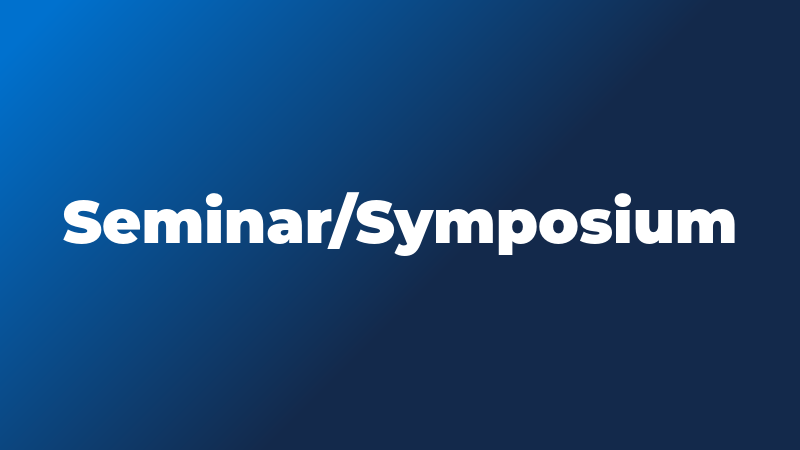Materials Faculty Candidate Seminar: Dr. Benjamin Snyder, University of California, Berkeley, “Iron and Copper Active Sites in Porous Materials and Their Correlation to Metalloenzymes"”

- Sponsor
- Materials Chemistry
- Speaker
- Dr. Benjamin Snyder
- Contact
- Wendy Wimmer
- wwimmer@illinois.edu
- Phone
- 217-333-2983
- Views
- 310
- Originating Calendar
- Chemistry - Inorganic/Materials Chemistry Seminars
Porous materials like zeolites and metal–organic frameworks (MOFs) can serve as fascinating extended ligands for transition metal ions, providing access to structures and functions not readily accessible in small molecule chemistry. To this end, I will discuss the spectroscopic elucidation of the mythical ‘a-O’ active site of low temperature methane-to-methanol conversion in iron-containing zeolites – a longstanding challenge in heterogeneous catalysis. We find the extreme reactivity of a-O correlates with its unusual geometric structure, which is enforced by rigid constraints from the zeolite lattice. This raises an analogy to the ‘entatic’ states of many bioinorganic active sites.
My focus will then shift to events immediately following methane C-H cleavage by a-O. We find a ‘radical cage escape’ mechanism dominates in zeolites with open pore architectures, leading to rapid catalyst deactivation. On the other hand, placing a-O in a cage-like environment activates a ‘radical rebound’ mechanism leading to active site regeneration, enabling cyclical reactivity. Thus, in analogy to enzymatic C-H oxidation, second sphere effects can play a decisive role in metallozeolite catalysis.
Finally, I will discuss the development of MOFs as solid adsorbents for ammonia generated through the Haber-Bosch process. We recently discovered MOFs that bind large quantities of this challenging adsorbate through an unusual framework-to-polymer phase transition. As is observed in many bioinorganic active sites for gas binding, this remarkable adsorption mechanism involves cooperativity between neighboring metal centers. This confers many practical benefits, including considerably enhanced working capacities and ease of regeneration, that could ultimately facilitate the production of ‘green’ ammonia.